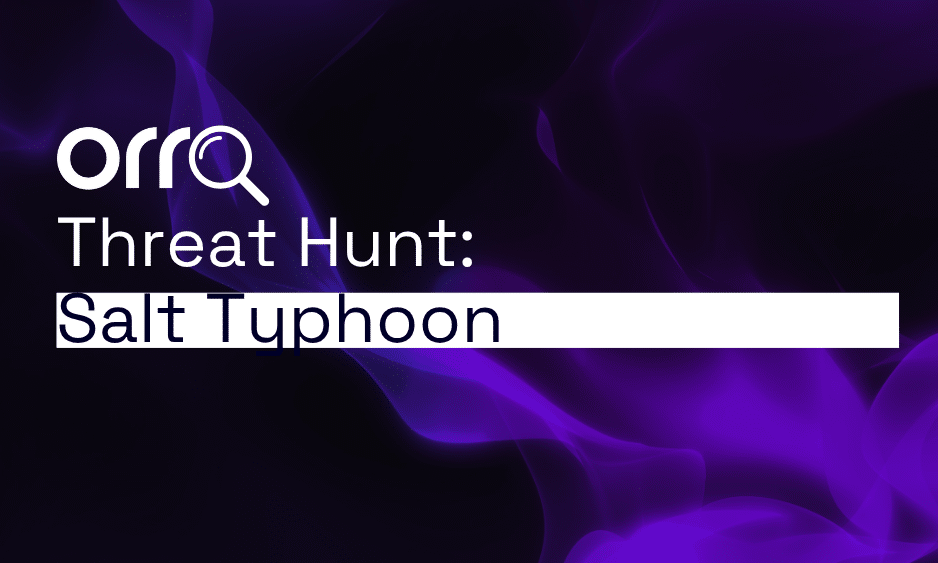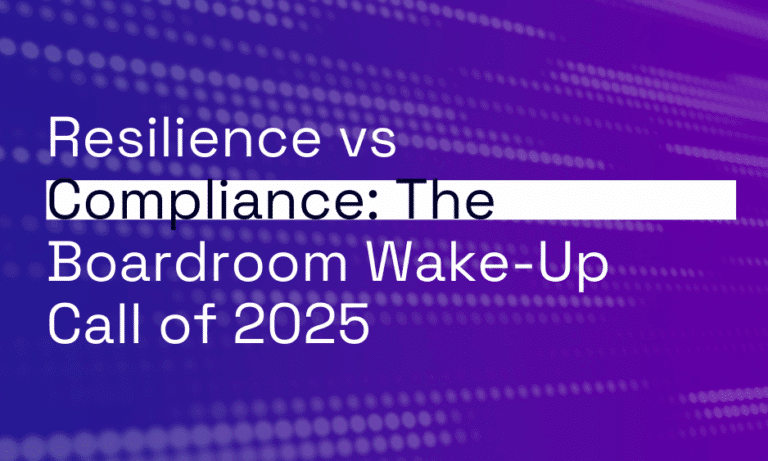What is Salt Typhoon?
Salt Typhoon is a state-sponsored Chinese threat actor known for its advanced cyber-espionage activities. Emerging in 2020, this group has been particularly notorious for targeting US-based infrastructure, including telecommunications sectors. Their primary objective is to gather sensitive information and disrupt critical operations through sophisticated cyber-attacks.
The Emergence and Capabilities of Salt Typhoon
Salt Typhoon has rapidly developed a reputation for its highly advanced cyber capabilities. Since its emergence, it has demonstrated a variety of techniques to infiltrate and maintain control over compromised systems. These capabilities include:
- Abuse of Public-Facing Services: Salt Typhoon often exploits vulnerabilities in services like Remote Desktop Protocol (RDP), Virtual Private Network (VPN), and web portals to gain initial access to target systems.
- Establishment of Persistence: Once inside, they establish a foothold through registry modifications, scheduled tasks, or service creation to ensure continued access.
- Command Execution: They use obfuscated scripts and other “living off the land” methods to execute commands and move laterally within the network.
- Use of Valid Accounts: By utilising stolen or otherwise valid credentials, they blend in with legitimate user behavior, making detection more challenging.
Tactics and Methods Used by Salt Typhoon
Salt Typhoon employs a range of tactics to achieve their objectives. Some of the key methods include:
- Remote Access Abuse: Exploiting publicly exposed services such as RDP, VPN, and SSH to gain unauthorised access.
- Persistence Mechanisms: Utilising scheduled tasks and registry modifications to remain active on compromised systems.
- Blending In: Using valid accounts and VPNs to mimic legitimate user activities and avoid detection.
- Command and Control (C2): Establishing communication channels to exfiltrate data and receive instructions from their operators.
Why You Should Be Concerned About Salt Typhoon
The activities of Salt Typhoon pose a significant threat to global cybersecurity. As a state-sponsored actor, they have access to substantial resources and advanced techniques that can cause severe damage to targeted organisations. Here are a few reasons why you should be concerned:
- Impact on Critical Infrastructure: Salt Typhoon’s focus on US-based infrastructure means that their attacks can disrupt essential services, leading to widespread consequences.
- Information Theft: Their cyber-espionage activities aim to steal sensitive information, which can be used for strategic advantages or sold on the dark web.
- Financial Loss: Organisations targeted by Salt Typhoon may face substantial financial losses due to data breaches, system downtime, and recovery costs.
- Reputation Damage: A successful attack can severely damage an organisation’s reputation, leading to a loss of trust among customers and partners.
Essential Security Measures to Combat Salt Typhoon
To protect your organisation from Salt Typhoon’s advanced cyber-espionage tactics, it is crucial to implement robust security measures. Here are some essential steps you can take:
- Multi-Factor Authentication (MFA): Implement MFA for all remote access methods to add an extra layer of security and prevent unauthorised access.
- Monitor Logon Activities: Regularly review logon activities to detect any unusual patterns or unauthorised access attempts.
- Inspect Firewall Traffic: Analyse firewall traffic, including denied traffic, for any signs of malicious activity or attempts to exploit vulnerabilities.
- Review Scheduled Tasks: Examine scheduled tasks for any anomalies or unauthorised changes that could indicate persistence mechanisms used by threat actors.
- Regular Security Audits: Conduct periodic security audits to identify and address potential vulnerabilities in your systems and processes.
Staying Ahead: Monitoring and Mitigation Strategies
Staying ahead of sophisticated threat actors like Salt Typhoon requires continuous monitoring and proactive mitigation strategies. Here are some key practices to consider:
- Threat Intelligence: Leverage threat intelligence sources to stay informed about the latest tactics, techniques, and procedures (TTPs) used by Salt Typhoon and other threat actors.
- Security Information and Event Management (SIEM): Utilise SIEM solutions to detect and respond to suspicious activities in real-time.
- Incident Response Plan: Develop and regularly update an incident response plan to ensure a swift and effective response to any detected threats.
- Employee Training: Educate employees about cybersecurity best practices and the importance of reporting suspicious activities.
- Network Segmentation: Implement network segmentation to limit the lateral movement of threat actors within your environment.
By understanding the threat posed by Salt Typhoon and implementing these security measures, organisations can better protect themselves from potential breaches and ensure the safety of their sensitive information.









